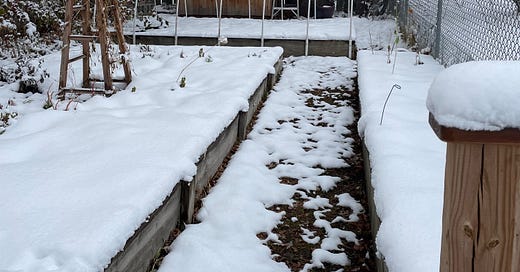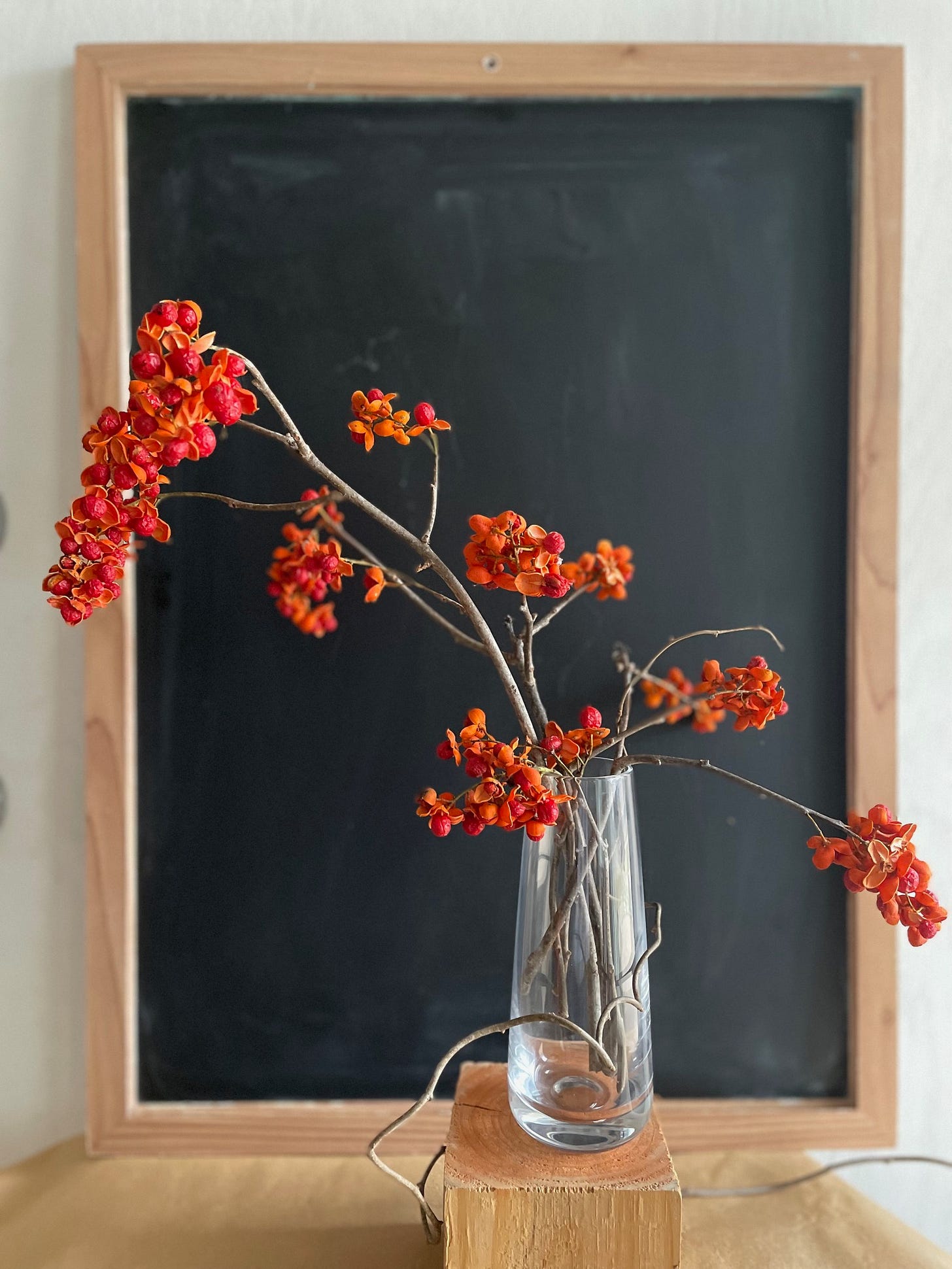When I was young, my sister and I attended summer camp many miles away from home where our days were filled with adventure-packed outdoor activities, including swimming and horseback riding.
As it happens, when I was twelve and my sister was nine, we ambled off the yellow school bus just like every year before, and gathered with fellow campers in an outdoor amphitheater for another great summer of memories. My sister and I watched as camp counselors gathered their assigned campers and trudged off into the woods, ready to start summer adventures. Eventually, a camp counselor called my name, but not my sister’s. I refused to leave my sister’s side until I knew for certain she was assigned a group.
That moment never arrived. There I stood, nearly a teenager, with tears brimming from my eyes, angry and sad that my sister wasn’t chosen. And while it took me many years to realize it, I inhabited an important family role that day: my sister’s keeper.
I now recognize my tendency to fulfill this role in my gardens, too. The decision to keep pathways between raised garden beds in a natural form — that’s protecting the pollinators that benefit from plants grown in the kitchen garden. The decision to avoid tilling garden beds each year — that’s protecting the vast microcosm of life beneath the soil’s surface. The decision to take nearly any cast off plant handed to me — that’s the keeper side of my personality showing up in the garden.
At this point in the year, when predictable Minnesota weather patterns cover outdoor garden beds with snow, I turn toward my indoor plants to buoy me through long bouts of winter months. Growing amaryllis and paperwhite bulbs indoors means I take on the role of their keeper. I tend to their needs by protecting them from variables that might threaten their viability.
Tending relationships, human or otherwise, does not equate to “saving.” Rather, it means knowing when to provide support, when to intervene, when to wait on the sidelines, and when to let things fall as they may.
I stand beside a large south-facing window in my kitchen, watching icy snowflakes drift purposefully from the sky. Mounds of snow accumulate on the staggered topography of my backyard. Occasional dips where large trees once grew pocket the lawn. Here, snow accumulates quickly.
In the winter months, when our urban landscape sleeps beneath a quilt of snow, animals feast on winter foliage in the gardens to survive. Rabbits gnaw on peony branches and deer nibble away hydrangea shrubs until nothing but stubby branches protrude from the frozen ground. I contemplate intervening, but ultimately resist the urge to interrupt wildlife feeding on my garden foliage.
I can easily spot evidence of trees, shrubs, and plant stalks providing winter sustenance for wildlife when walking through snow-mounded garden beds, carefully stepping beside tiny animal tracks. Doing so yields insight I didn’t know I longed for. A new incantation emerges, “I have everything I need today,“ tempering my desire to unnecessarily intervene.
So, I resist the inclination to protect peony bushes from hungry rabbits. I do not need to keep the hydrangea shrubs safe. I wait on the sidelines of December, January, and February, content to find balance as keeper of these gardens.
Before the snow fell, when brittle leaves bounced across the yard, I took a few steps toward supporting outdoor garden beds (about nine of them in total) by adding new soil, layering two inches of compost over the top of each bed, and then adding mounds of leaves as mulch. Winter mulching provides protection against deep freezes in northern climates, but more importantly reduces the amount of evaporation occurring from the root base of plants during shoulder months. It can mitigate the effects of soil upheaval when spring thaws make the ground expand and contract. In years past, I did little to prepare the garden soil for winter. Ignorance drove me to let things fall where they may. But now I know how much the gardens will provide come spring if I tend the soil’s need at the end of each growing season.
Gardening, then, is a balance between stepping in and standing back.
Jo Thompson (
) writes, “We can educate, inspire, and — the greatest thing about gardens — observe and change, moving along with Nature’s own tweaks and shifts.” For me, this means deciding when to provide support, when to intervene, when to wait on the sidelines, and when to let things fall as they may.Thanks for reading this month’s newsletter. See you back in late December.
-Betsy
Know people in your life who would enjoy flower photography and long-form essays about gardening? Share Roots & Vines with them.








Keepers and relationship tenders are vastly underappreciated in our culture. Thanks for offering this description. I see myself in this role also.